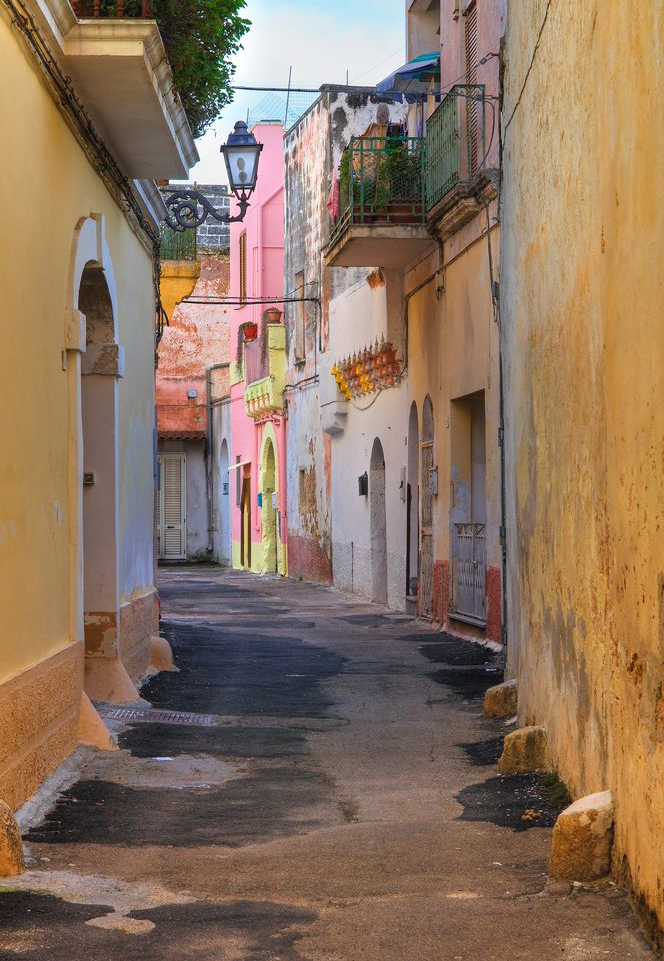Palazzo Marchesale Belmonte- Pignatelli
Three-wing building located on a total area of about three thousand square meters, set in a bracket around a large courtyard.
Seat of the feudal lords of Galatone since the 16th century, the palace has been subject to changes over the centuries. The adjacent square tower of a more remote era has fulfilled the task of defense. For its defensive conformation, there was not even the access, today at street level, on piazza SS. Crucifix, created in the full nineteenth century. Originally it was possible to reach the ground floor, barrel-vaulted, only through a ladder in the south wall. The oldest nucleus dates back to the century XI, the age of the Galatone fortification. The most antiquated part visible to the naked eye, however, is that datable to the end of the century. XII with the masonry works near the left corner of the courtyard. At the Swabian age, they would go up through the pointed arches along the inner faces of the building. New structures date back to the first half of the century XIV, period of infection. Minor architectural interventions were cared for by the feudal lords on duty, during the late Middle Ages and the beginnings of the modern age.
However, it was the Marquis Pinelli, between the end of the sixteenth century and the second half of the seventeenth century, who gave the castle a new structure and transformed it, starting from the entrance portal and the façade. Of its splendor remains the portal and the elegant windows decorated with floral motifs and masks looking towards the Piazza SS. Crucifix and on via castello. The angular pilaster of the surviving façade houses the coats of arms of the feudal families that succeeded one another: Squarciafico, Pinelli, Pignatelli, Grillo. The last restoration dates back to 2009. Today it is a socio-cultural center.
Contact guide
The proto-industrial oil mill in Galatone, placed in the Marchesale Palace, was built by Angelo Granito. The settlement was organized and structured in 1844 by the agronomist from Otranto and administrator of the Pinelli-Pignatelli family, Sir Luigi Semola. From the architectonical point of view, the oil mill is stunning for its size and its sumptuousness: it has a quadrangular layout of about 600 m², and it is divided in sixteen spans covered by starry vaults. The architectural structure was carved into the local calcareous stone. It had sixteen double-stone baths and nine hydraulic presses. The oil mill was daily visited at least by one hundred people committed in the extraction of common oil as well as fine oils. Seventy-two gas lamps allowed the grinding night and day.
Contact: 0833 864900
(Mayor’s office): 0833 861316
(Pro Loco): 0836 901858
email: info@ilpalazzomarchesale.it
Working hours: Guided tours, only on reservations
Available services: laboratories (in weaving, embroidery, IT), courses, outdoor activities, enhancement of ancient crafts typical of the local fabric, professional orientation.
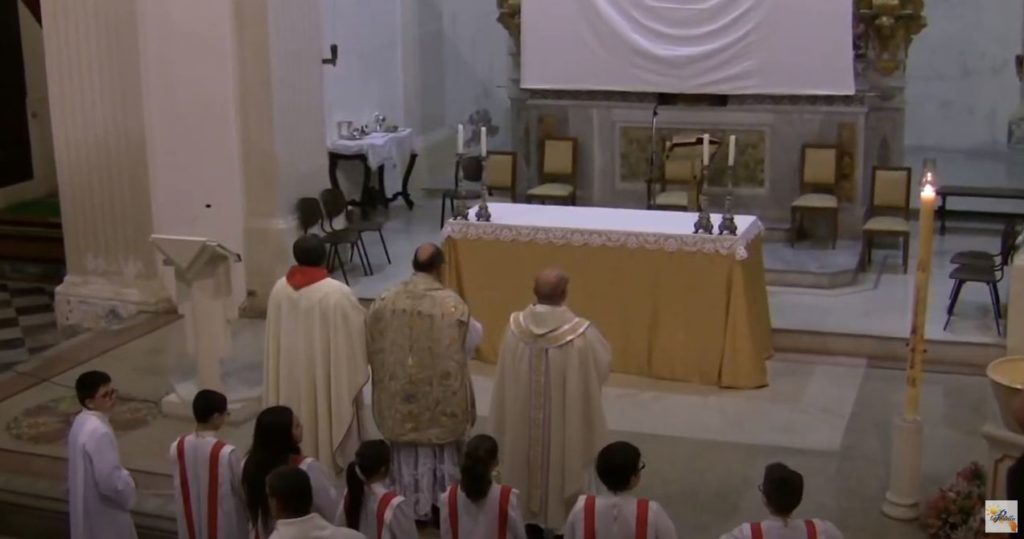
Sparo del panno
On the Holy Saturday a purple cloth, hanging above the altar during the season o[...]
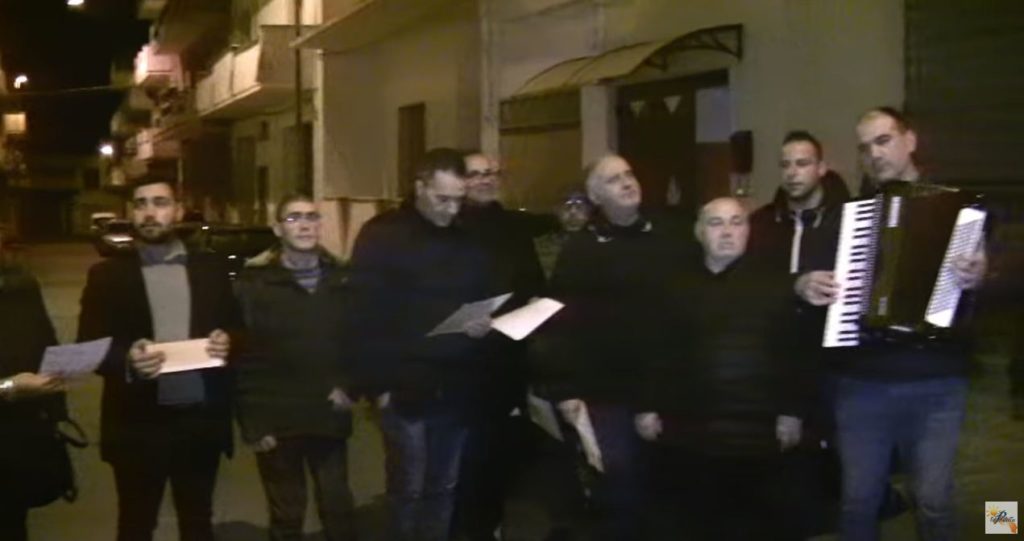
Santu Lazzaru
In ancient times, Easter in Salento was introduced by Christ’s Passion’s Car[...]
Living Nativity Scenes
From 25 December to 6 January: living crib in the historic center. For the occas[...]

Saint Lucia
In Galatone, the inhabitants start to feel the Christmas spirit from December 12[...]
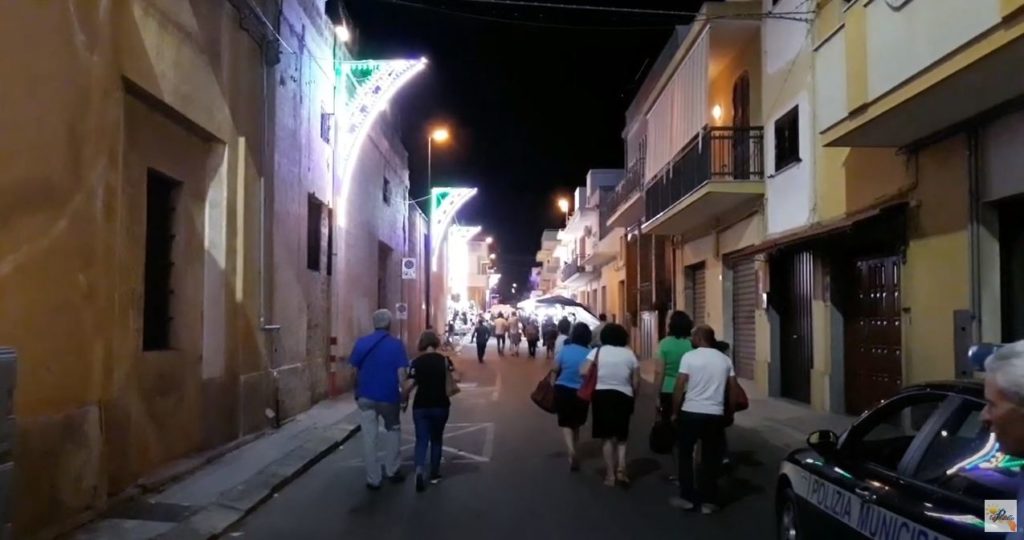
Santissimi Medici
It is held on September 25th and 26th. Religious festival with lights and firewo[...]
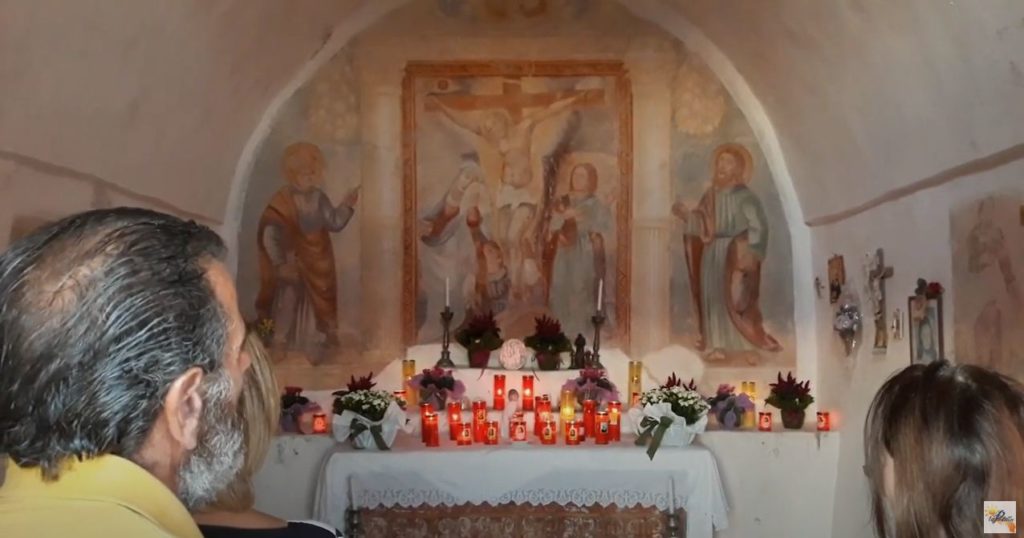
Cristu di Tabelle
September 14th, a religious festival in the ancient farmhouse of Tabelle. For th[...]
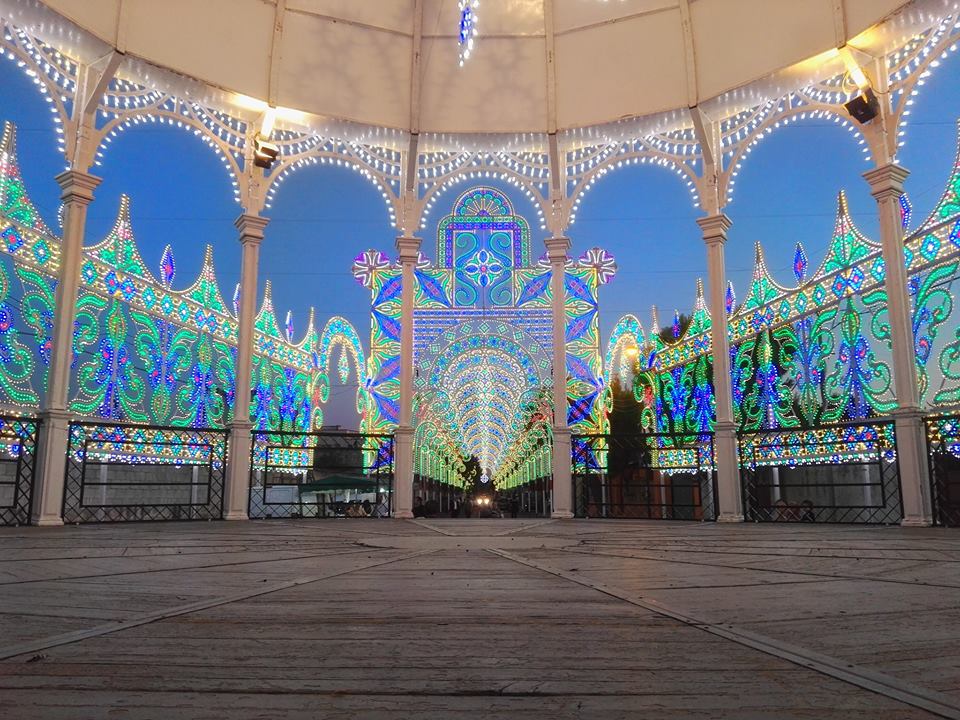
Madonna of Grace
The celebrations in honour of Our Lady of Grace take place since the Eighties of[...]
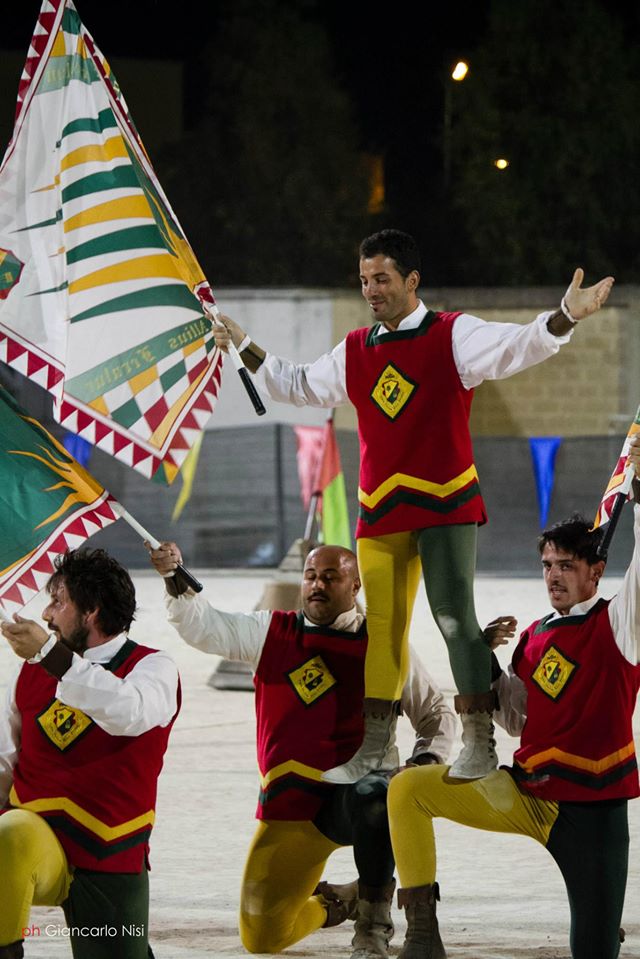
Palio delle contrade
It is held either in the first ten days of August or early September. Event with[...]

Sant’Anna / Galatone in pot
On 26 July, another religious festival with illuminations. For the occasion ther[...]
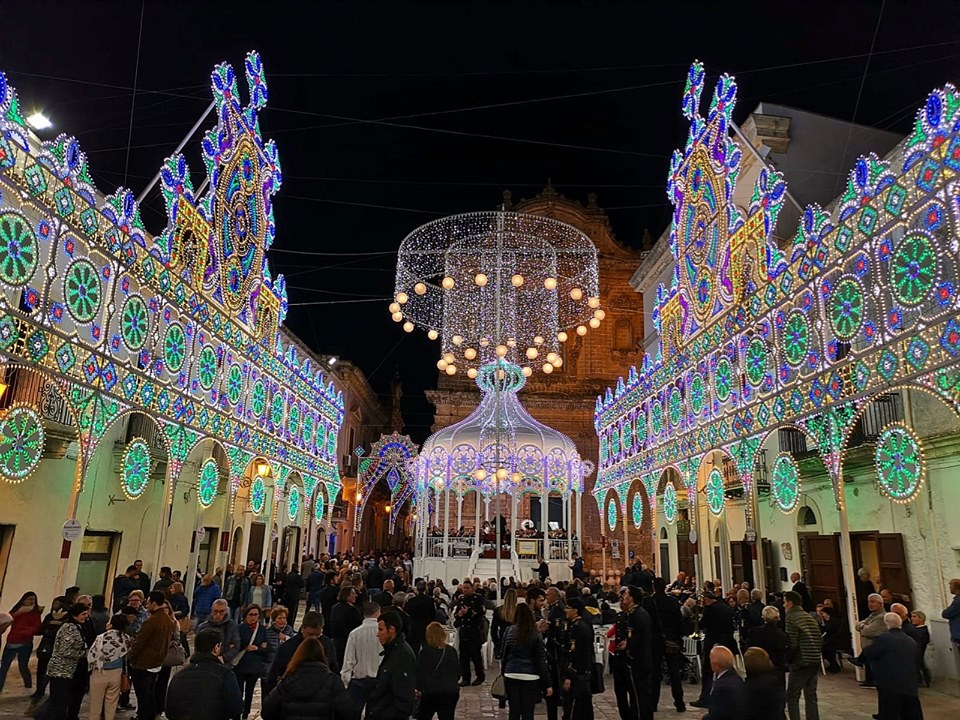
Festa SS. Crocifisso e Carro di Sant’Elena
The feast of Holy Crucifix of the Pietà is celebrated from 2nd to 4th May. The [...]

